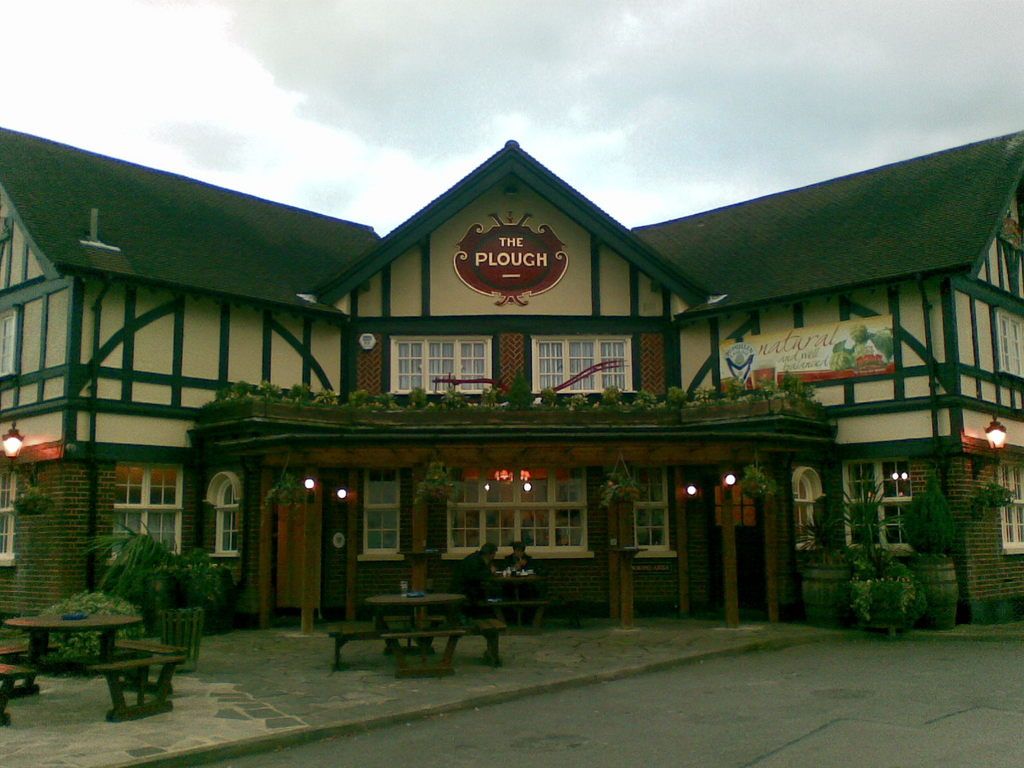Friday Video and Brews
Possibly the greatest prank call ever. I suspect many of you have heard it, but for those who haven't:
__________
I find this a little bit disappointing: Coors Brewing Company has nurtured Blue Moon Belgian White Ale into a hot seller through below-the-radar marketing efforts. I thought the beer was a small brew doing well. Though I'm not even sure I've tried it, I see its taps all over the place. Now it turns out I was merely fooled into thinking it was a small brewery product:
Coors has been reluctant to support the brand with media because it didn't want to advertise its corporate-backing to the brew snobs who are a key craft-beer constituency, and it didn't want to interfere with the sense of consumer discovery that's fueled the brand's growth.
I don't want to spend a thousand words breaking down this paragraph, but it's interesting that the article refers to "beer snobs." The implication seems to be: "People shouldn't decline to drink Blue Moon just because it's mass produced. If they do, they're acting unreasonably. It's mere snobbery."
Perhaps. But very few mass-produced beers meet the German Beer Purity Law. Not a big deal? Then you're not a beer lover that found himself doubled over with nasty hangovers and vomiting the morning after a mere two beers, who then found beer salvation from this blogger's suggestion that he drink only beers that meet the GBPL.
I also think it's safe to say that most mass-produced beers aren't very good compared to micro beers. In that sense, "beer snobs" might merely be playing the odds. They have only so many dollars and brain cells to go around. They don't want to spend them on beers that are more likely to be Budweisered. If they stumble across a good mass-produced beer and then refuse to drink it because they find out it's not a microbrew, then they deserve the pejorative "beer snob," but otherwise, I'm not sure that paint brush is appropriate.
__________
While surfing for information about Blue Moon (i.e., researching and studying the marketing success of a competitor in the global liquid industry), I ran across this statement: The brew has 171 calories per 12-ounce serving and 5.4 percent alcohol by volume. However, in Minnesota, Oklahoma, Colorado and Utah, the alcohol content of all Blue Moon beers is 5.4% alcohol by weight. Can someone explain the difference between alcohol by volume and alcohol by weight? Combox is open.
__________
I guess I ought not be surprised, but it turns my stomach a bit: extreme beers:
Such is the ethos of extreme beers, an all-American genre in which brewers are engaged in a constant game of “Can you top this?” Whether using an inordinate amount of traditional ingredients like malt or hops, or adding flavorings undreamed of by Old World brewers, American brewers have created a signature style that beer enthusiasts seem both to love and hate.
__________

